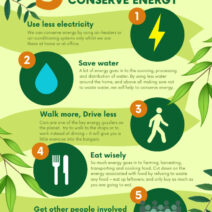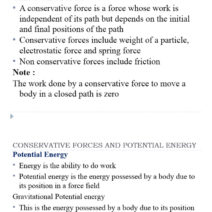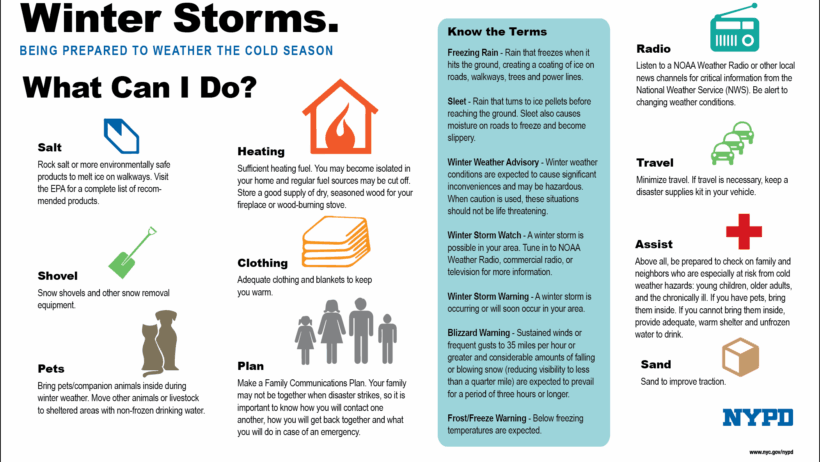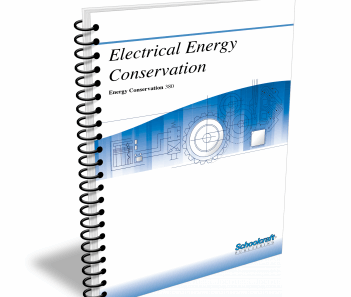Winter storms can often conjure images of cozy nights indoors, wrapped in blankets, as snowflakes elegantly dance outside the window. Yet, alongside the picturesque beauty of these wintry landscapes lies the sobering reality of energy consumption. During such storms, it becomes imperative not merely to stave off the chill, but to also conserve energy. This dual objective promotes sustainability, a matter of growing urgency in the face of climate change.
First and foremost, understanding the mechanisms of heat loss can serve as a catalyst for effective energy conservation. Homes typically lose heat through windows, doors, and even walls, accounting for a significant portion of heating inefficiency. Therefore, implementing simple yet effective weatherization techniques is essential. For instance, utilizing door sweeps can mitigate the drafts that often creep in from beneath doors. In tandem, a thorough check of window seals and the application of weatherstripping can substantially decrease heat loss, ensuring that warmth remains contained within.
Moreover, thermal curtains or heavy drapes can act as formidable barriers against the cold. During the day, keeping them open allows natural sunlight to illuminate and warm living spaces. Conversely, once the sun dips below the horizon, closing these curtains traps that heat inside. This cyclical approach not only maintains comfort but significantly curtails reliance on artificial heating sources.
Central heating systems, while commonplace, often operate at high energy costs. Individuals seeking to conserve energy should consider utilizing programmable thermostats. These devices empower users to optimize heating schedules according to occupancy, thus preventing energy wastage during hours when no one is home. Setting the thermostat at a lower temperature while still retaining a comfortable environment is prudent; a decrease of even a few degrees can result in substantial energy savings over time. In instances where occupants are awake and active, bundling up in layered clothing can further enable lower thermostat settings without sacrificing comfort. The overall effect is doubly beneficial: it reduces energy consumption while reinforcing personal warmth.
Another strategy involves the utilization of space heaters, particularly in less frequently used rooms. By heating just the spaces that are actively used, one can effectively minimize the energy expended on an entire heating system. However, it is crucial to prioritize safety by ensuring that space heaters are equipped with automatic shut-off features and are positioned away from flammable materials. When used judiciously, space heaters can be an effective tool in an energy-efficient winter strategy.
Beyond the structural and mechanical approaches to energy conservation, the role of household habits cannot be overstated. Assessing daily routines in light of energy conservation can yield surprisingly fruitful outcomes. For instance, reducing the frequency of laundry cycles, particularly when using hot water, contributes not only to energy savings but also extends the lifespan of clothing. Similarly, preparing meals using energy-efficient methods, such as slow cookers or pressure cookers, can yield delectable results with lower energy expenditure.
The interdependence of household activities extends beyond indoor practices. Ensuring that outdoor spaces are winter-ready can also contribute to energy conservation. For instance, maintaining a clear walkway and driveway can minimize the need for excessive snow removal, which often consumes additional energy through equipment use. This covers not only the physical labor involved but also the energy used in powering snow blowers or other machinery.
Furthermore, families can engage in collective practices that promote energy conservation during winter storms. For instance, scheduling family activities in shared spaces can enhance warmth through the natural congregation of body heat. Embracing a communal spirit—whether through games, reading, or watching films together—can solidify bonds while concurrently conserving precious energy resources. The emotional warmth fostered during such activities is as significant as the physical comfort provided by a well-heated home.
Community engagement plays an essential role in broader energy conservation efforts, particularly during severe weather events. Many communities implement initiatives focused on enhancing energy efficiency, such as group buys for weatherproofing materials or educational workshops on energy-saving practices. Joining forces with neighbors can lead to further efficiencies, as shared resources typically result in reduced costs and increased effectiveness. Moreover, these communal actions solidify community resilience, enabling neighborhoods to weather not just winter storms but also the broader impacts of climate change.
As advocates for sustainability, it is vital to recognize the impact of individual actions in the grand tapestry of energy conservation. Each decision made during a winter storm—be it structural tweaks, adjustments in daily habits, or identification of collaborative opportunities—compounds over time, leading to significant reductions in both energy costs and environmental footprints. Small acts of consideration, by nature, contribute to manifesting larger systemic changes, aligning individual lifestyles with the imperative to combat climate change.
Ultimately, conserving energy during a winter storm is more than a practical measure; it is an expression of responsibility toward the planet. Embracing these principles within the confines of our homes not only enhances our immediate comfort but also fortifies our commitment to a more sustainable world. Through awareness and proactive measures, we can navigate the beauty of winter weather while nurturing the health of our environment for generations to come.








